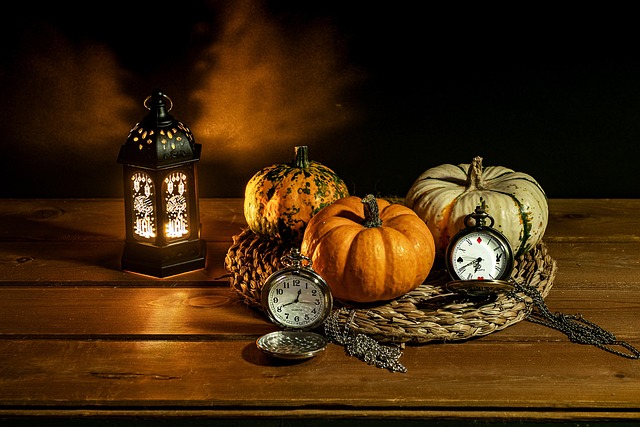Exploring the Art of Layered Composition in Photography
Photography is not just about capturing a moment; it’s about creating a visual story that engages the viewer. One of the most effective ways to enrich your photographs is through the use of layered composition elements. By understanding how to utilize different layers within your frame, you can transform a flat image into a dynamic experience that draws the eye around the photo, revealing its intricacies.
When you look at a well-composed photograph, you might notice how various elements come together to create depth and intrigue. This depth can be achieved through the strategic placement of foreground, middle ground, and background elements. For instance, a photo of a breathtaking landscape may use water in the foreground, rolling hills in the middle, and a majestic mountain range in the distance. Each layer adds context and richness to the composition, making the scene more immersive for the viewer.
The beauty of layered photography lies in its versatility. You can capture layers using natural elements like trees, clouds, or reflections, or you might incorporate artificial structures such as buildings or bridges. The choice of layers can completely change the mood of the photograph, invoking feelings of tranquility, wonder, or even tension. Consider how light interacts with each layer; soft morning light can create an ethereal quality, while harsh midday sun may enhance sharp contrasts.
To enhance your photography skills, it’s essential to familiarize yourself with your camera and its optics. Experiment with different lenses to see how they affect the composition elements in your photos. A wide-angle lens can bring more foreground elements into play, while a telephoto lens may compress the layers, creating a flatter perspective. This understanding will not only help you compose better images but also deepen your connection with the art of photography itself.
Playing with depth of field can also add fascinating dimensions to layered compositions. By selectively focusing on one layer while blurring others, you create a sense of separation that heightens the interest. This technique allows you to guide the viewer’s eye and direct their attention exactly where you want it. Just remember, the beauty of layered composition is not just constrained to landscapes; it can be applied to portraits and still life as well, where layers of emotion and narrative can unfold.
Lastly, don’t forget to step back and assess your composition as a whole. Are the layers working in harmony? Is the color and tone balanced throughout the various elements? Taking a moment to evaluate your work can make a world of difference in achieving a compelling final photograph. Embrace the art of layered composition, and you’ll find yourself creating images that resonate deeply, giving your viewers a visual experience they won’t soon forget.



